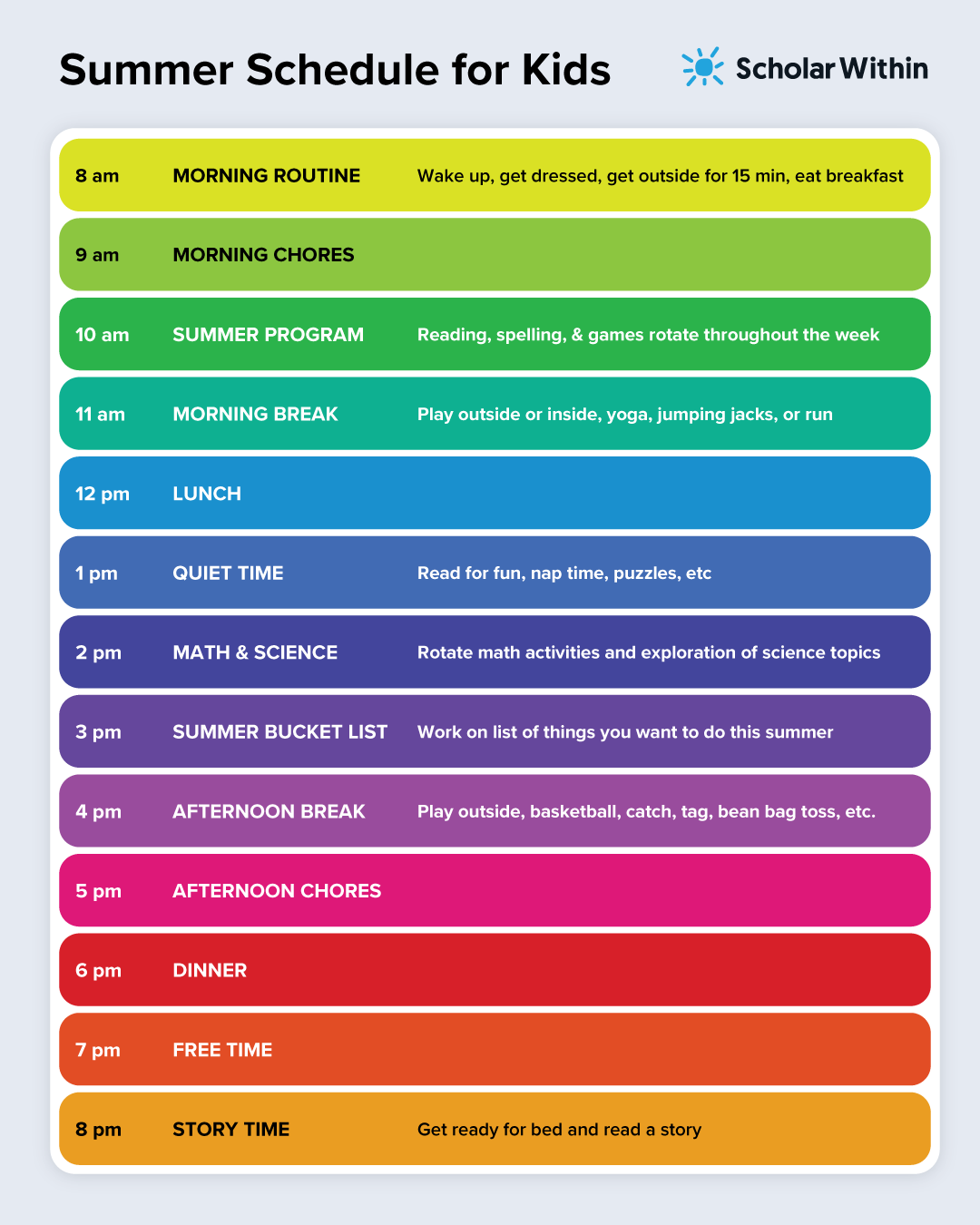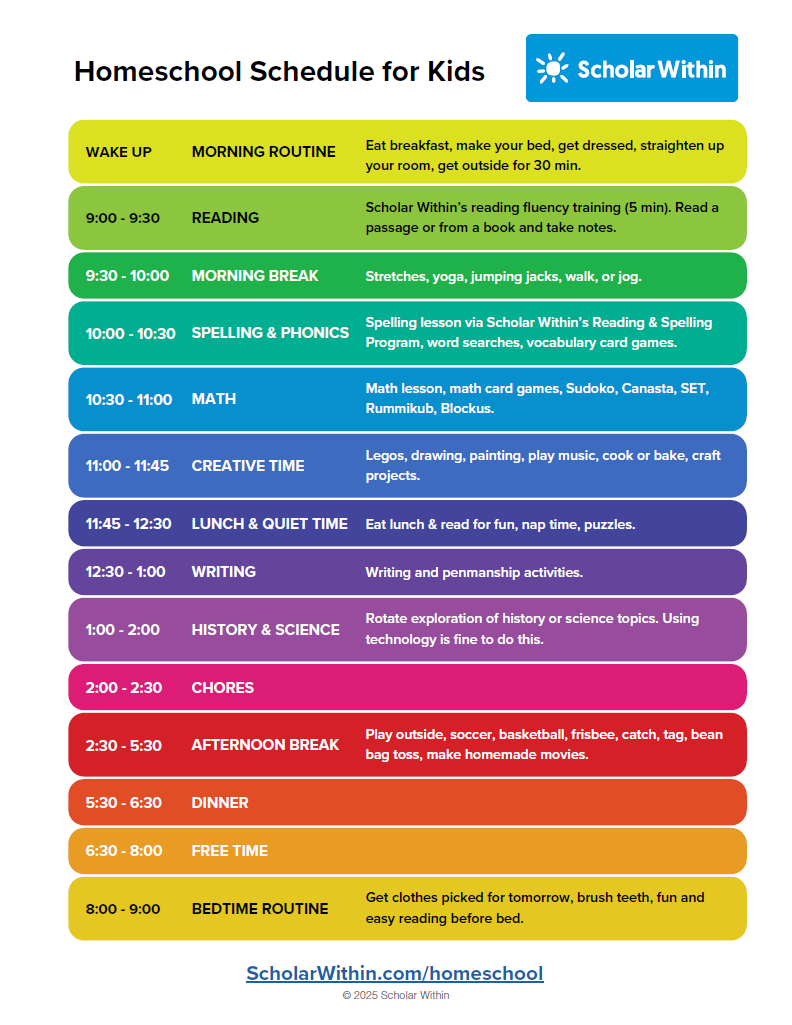
Top 6 Reading Fluency Activities
What is Reading Fluency?
Reading fluency is the speed or rate of reading without conscious attention to the mechanics of reading. Fluent readers have the ability to read and understand words automatically.
Fluent readers are able to comprehend complete sentences and entire reading passages more easily. When readers understand entire reading passages, they are able to retain the information, analyze it, and use it in many different ways. Struggling readers often have problems with reading fluently.
The more fluid and fast you read, your understanding of what you read becomes automatic and more fun. Reading can become an enjoyable activity for everyone. When you work on improving your reading fluency, you inherently improve your reading comprehension.
Short, daily reading fluency activities are a perfect way to not only read faster, more fluidly, and efficiently but to also improve confidence. Just like practice improves one’s ability with sports, students can practice reading fluency to improve reading speed and accuracy.
So, what are the best strategies for developing reading fluency? Keep reading to find out.
Top 6 Reading Fluency Activities
1. Repeated Readings
Repeated reading is one way to practice fluency. This is where a student reads a single passage multiple times in order to reach accuracy and improve their speed of reading the passage.
This process typically improves the student’s ability to read automatically without pronunciation errors while maintaining their comprehension of the reading selection.
When working on repeated reading, the focus is on reading quality rather than on reading speed.
Students may roll their eyes at you when you ask them to read something again, but tell them to breathe some life into what they are reading with some emotion, energy, and intonation.
Repeated reading can show students how different intonations of words and sentences can even slightly change the meaning of writing.
2. Choral Reading
Choral reading is where students read along with a more experienced reader. Several students can also simultaneously choral read together with a more experienced reader.
Choral reading helps the student model correct reading fluency, expression, and intonation. Choral reading can help struggling readers practice reading fluency.
3. Paired Reading (Take Turns Reading)
Paired reading is another way to improve reading fluency. In this strategy, two students take turns reading the text to each other.
This can also be done by a parent or teacher, who will read a paragraph or page, and the student reads the next paragraph or page.
This is a great way for a student to model fluent reading and to hear what proper expression, cadence, and intonation sounds like while reading.
We did this often as a family, taking turns with each child reading a paragraph or page, and then the next one would read, or I would read. Alternating readings are great for students to be able to understand the correct intonation of sentences.
4. Echo Reading
Echo reading is perfect for helping struggling readers. This is where you practice fluency by having a teacher or fluent reader read aloud a sentence or paragraph with proper pronunciation, cadence, and intonation. Then have students repeat or echo the same sentence or paragraph that the teacher has read aloud. This way, students can hear exactly what fluent reading sounds like and model their own reading after it.
Don’t always have a teacher, parent, or fluent reader on hand? Try Scholar Within’s Read Aloud feature in our summer reading program. You can press the play button to listen to a passage with proper pronunciation and cadence and then echo the reading.
The more ways a student can model fluent reading, the better.
5. Read Aloud
Reading aloud is a great way to practice the proper intonation and cadence of a text. This brings in a student’s auditory processing skills to listen to themselves.
It can help to listen to the text read aloud by a fluent reader or through the audio player, like in the reading passages in Scholar Within’s summer reading program, and then to read the passage aloud themselves.

6. Reading Fluency Training Drills
Reading fluency drills are one of the best activities you can do to improve your reading fluency. With our custom-designed, phonetic-based drills, you work on improving the underlying brain processes of reading. Fluency drills are included in our at-home and online summer reading program.
We do this in just 5 minutes a day and 3-5 days a week.
Digital Access is Now Available!
Reading Fluency Training Program
Includes:
- 52 Printable reading fluency drills
- Research-proven design
- Drills organized by phonetic patterns
- 3 Different font sizes (beginning readers can use larger-sized letters)
- 1 Year online access
- License: 1 family or 1 teacher
Note: Reading fluency drills are included in our summer reading program.
› Download the Free Reading Drill
How Scholar Within’s Reading Fluency Training Works:
- One Student, One Instructor
You will need either a parent, teacher, tutor or older sibling with your student. - Gather Supplies: 2 Copies of the Drill
- Both the student and instructor (parent, teacher, or older sibling) will each have copies of the same drill in front of them. The instructor’s copy has word counts on the side to be able to quickly figure out how many words the student has read.
- Go to the Free Reading Fluency Drill Download Page
- Practice the Reading Drill (2-3 minutes)
- We start by doing a practice read-aloud from left to right, just as you would read normally.
- If any mistakes are made, have the instructor correct the mistakes as they are made aloud.
- Your student will not have to read all of the words on the drill of the practice read, just roughly the amount they will be able to read in a minute timed.
- Timed Reading Fluency Drill (1 minute)
After you have done a brief practice read, you are ready for the timed drill.- Have the instructor use a stopwatch or the timer functionality on a phone.
- Have the instructor keep track of mistakes discretely. We do this because sometimes students get flustered if they see that you have marked that they made a mistake and will not keep going.
- Mistakes are: mispronounced words, skipped words, or repeated words.
- Stop the drill at 1-minute.
- Chart Words-Per-Minute and Mistakes
- Count the number of words the student read in the 1-minute timing along with the number of mistakes made.
- Chart the words and mistakes in a daily chart. This way you can keep track of how many words your student has read per minute each day. You will start seeing mistakes per minute go down and words read per minute go up often in the first few days.
- Do the Reading Fluency Training 3-5 Times a Week
- Continued daily fluency training in short increments will improve your kid’s skills faster than just reading alone.
- Set a Goal for Mastery
- After the first time the student has done the practice read and then the timed reading of the drill, set a goal for them to be able to read about 5-25 more words per minute, depending on the student’s grade level/ability, always with a maximum of no more than 4 mistakes per minute.
- Move on to the Next Drill
- Once the student has achieved mastery, move on to the next reading drill. We have over 50, custom-designed reading drills that start with the short vowel-consonant pattern and we work the way up all the way to multi-syllable, multi-pattern words.
Free Reading Fluency Activity Download
Many parents and teachers have asked if they could try our reading fluency activities, so we have made the first reading drill available to download.

Download Reading Fluency Drill
Understanding Why Fluent Reading is Important
Read the sentence, “Sally can go to the store.” Then several pages later, you get to the questions, and one question asks, “Why couldn’t Sally go to the store?” The question doesn’t make any sense to you because you read Sally can go to the store. Upon going back and re-reading, you find that the sentence really said, “Sally can’t go to the store.” The whole meaning was lost by skipping the apostrophe t in the word can’t. That is one way that reading fluency problems impact comprehension.
Your ability to read fluently starts with phonemic awareness and phonics. It is the ability to take the patterns of sounds (phonological structures) and sound-symbol relationships (orthographic structures) and to be able to recognize them quickly enough to gain meaning from them. This process of quickly or rapidly recognizing word structures helps you to understand entire sentences automatically.
When you are a fluent reader, you are able to read without thinking about the mechanics of reading. S. Jay Samuels started doing research in the 1970s. In 2006, he states, “Comprehension requires the fluent mastery of the surface-level aspects of reading.”
What does the research say?
Reading fluency is about learning the patterns of spoken and written words. When you start to see patterns in how words are written, you become more fluent. Because of this, fluency training that focuses on the phonemic and phonic components of words helps us to read a text more rapidly. Mark Seidenberg, author of Language at the Speed of Light states, “Reading brings in regularities in how letters combine and how orthography relates to phonology and meaning.” Practicing reading with a phonological and phonic basis, helps you to recognize and retain words quickly. This, then, makes reading easier and more fluent.
As early as 1886, one of the first reading fluency researchers, psychologist William MacKeen Cattell, discovered that you can read a word (like ‘tiger’) faster than you can name a picture of a pouncing feline creature!
Cattell was the first person to recognize that we become quite ‘automatic’ when we read. In fact, we are more automatic when reading than when speaking. So, learning to read automatically is a huge achievement for our brains. This is a capacity that we have, learning something so well that we can do it almost without thinking.
Reid Lyon, Ph.D. (1997) states in his article Why Reading Is Not a Natural Process, “If beginning readers read the words in a laborious, inefficient manner, they cannot remember what they read, much less relate the ideas to their background knowledge. Thus, the ultimate goal of reading instruction–for children to understand and enjoy what they read-will not be achieved.”
How does reading fluency fit into the 5-principles of reading?
Reading fluency activities are important for every student to do. It is the third principle of reading. Fluency brings together phonemic awareness and phonics so that you can read words, sentences, and paragraphs quickly. When you are able to read quickly, you typically understand and comprehend what you have read.
There are ways to improve your fluency. Fluency training is one of the easiest things a parent can do for their child. It requires little time and minimal experience.
For more direct instruction on improving reading skills that include fluency training with phonemic awareness and phonics, the alphabetic principle, get started today in Scholar Within’s Summer Reading Program. Here, Bonnie teaches these skills to you, step-by-step through audio and video lessons. The program integrates fluency training, phonemic awareness, and phonics seamlessly.







This is a really useful article. Many thanks for uploading.